History

In 1086 William the Conqueror ordered an inventory of all land and resources in which Kensington is first mentioned, then belonging to Aubrey de Vere.
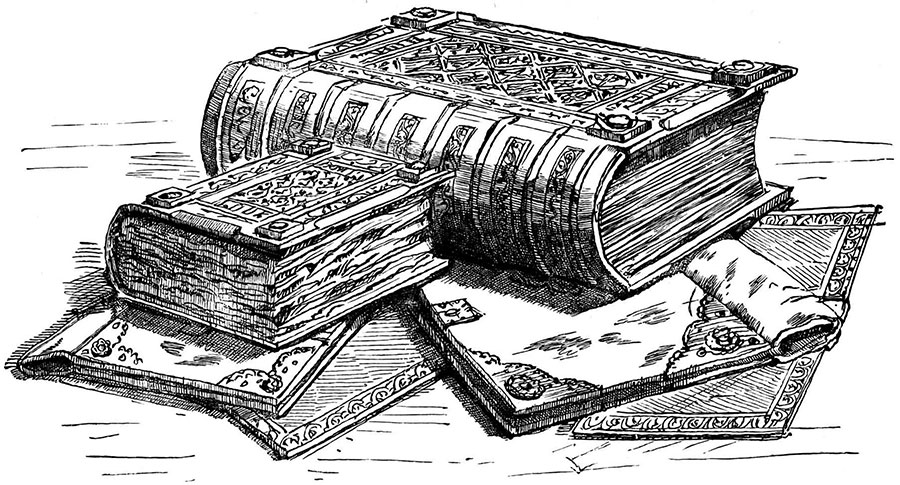

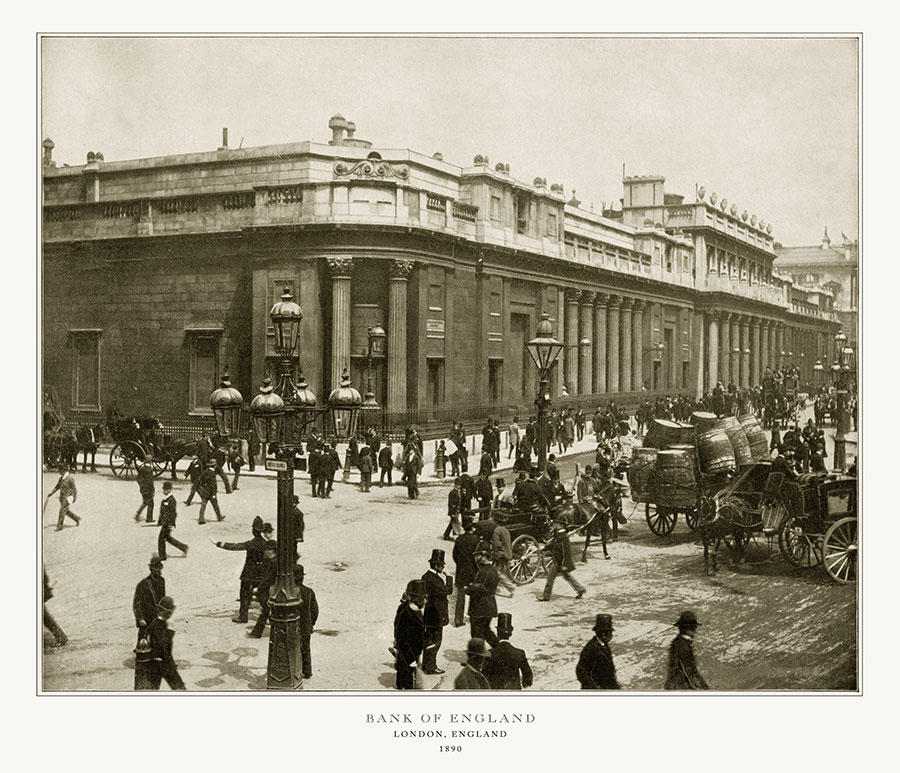
The Bank of England is Established to manage the countries national debt.

Norman Montague Collet (1871- 1950) Montague was governor of the Bank of England from 1920 – 1944 and lived for part of this at Thorpe Lodge.
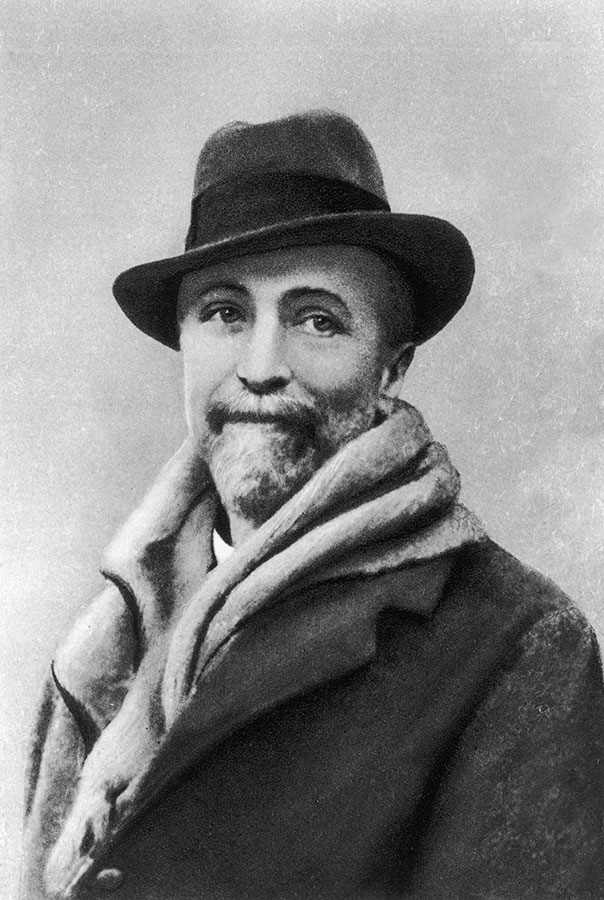

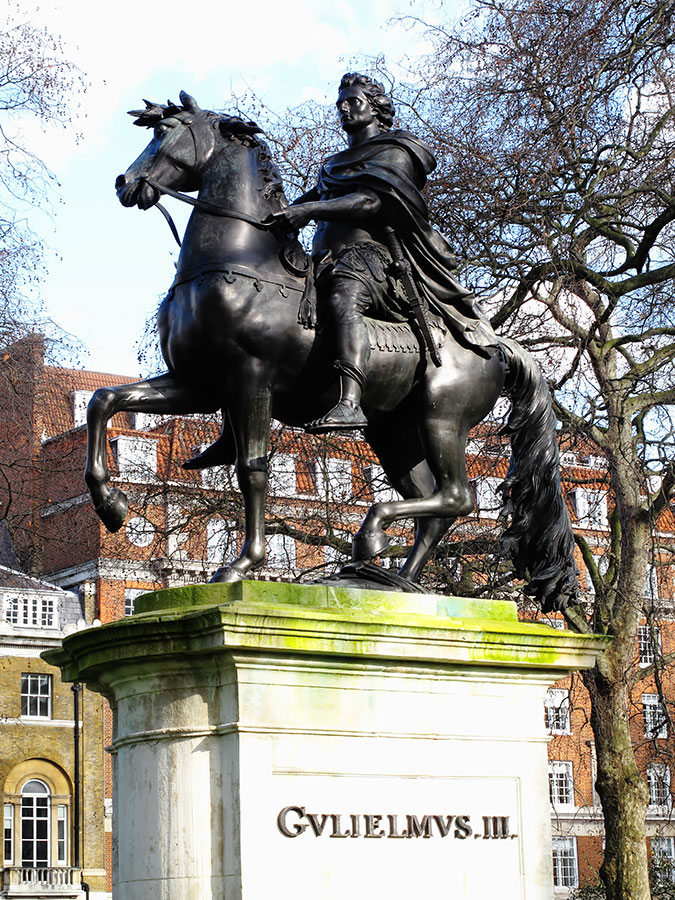
William the 3rd moves into Kensington Palace, previously known as Nottingham house under ownership of the 1 st Earl of Nottingham.

Robert Phillimore inherits 90 acres north of what is now Kensington High Street, during his lifetime this largely remained as farmland
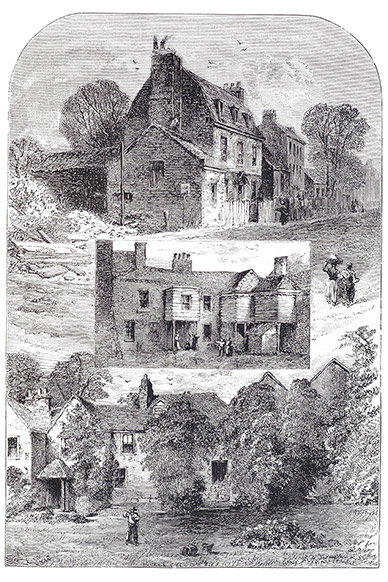


The Estate passes to Roberts eldest surviving son William Phillimore (1748 – 1814). The turn of the century saw 63 houses built along the highway but most of these fell into dereliction during the second world war or were compulsorily purchased by the LCC

The story is told that the construction of these houses so annoyed King George III that, when driving past them, he would pull down the blinds of his carriage so as not to see them. He apparently called them 'Dishclout Row', in reference to the simulated drapery decorations on the facades.
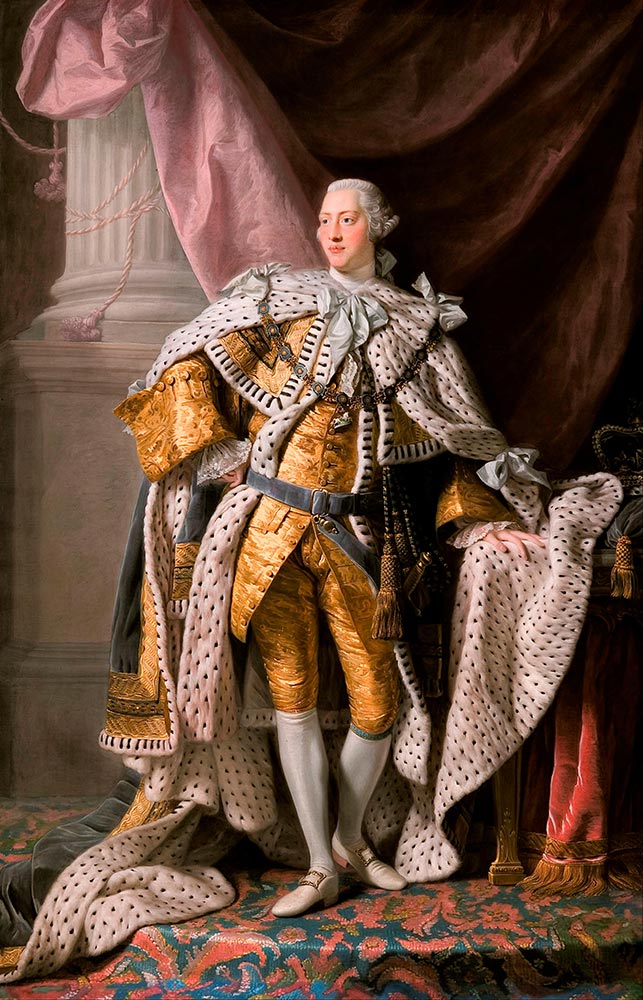

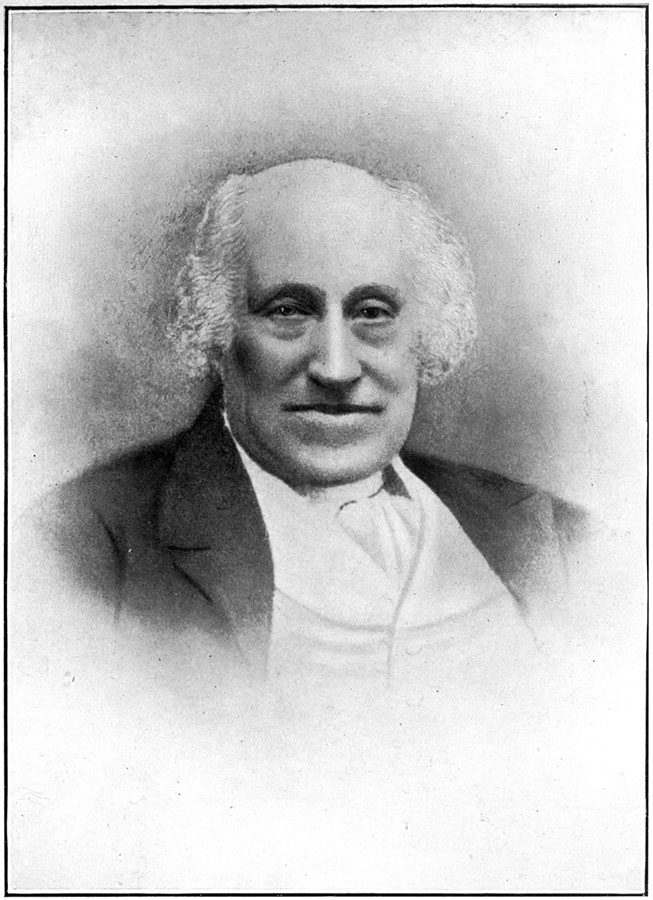
James South the astronomer resided at Observatory gardens

The first four houses (no1-4 Upper Phillimore Place) were completed, among the first occupants was the Reverend Joseph Phillimore, William Phillimore’s brother
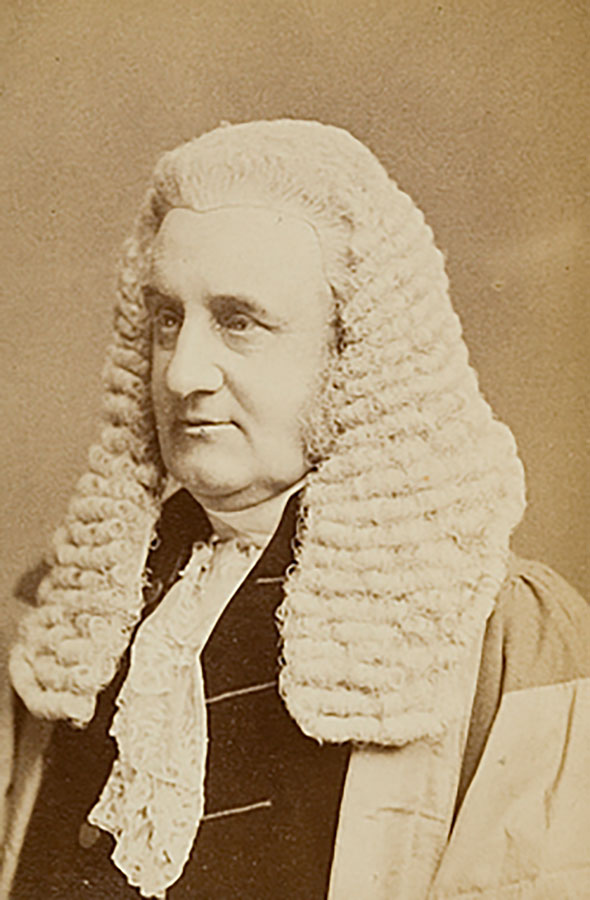

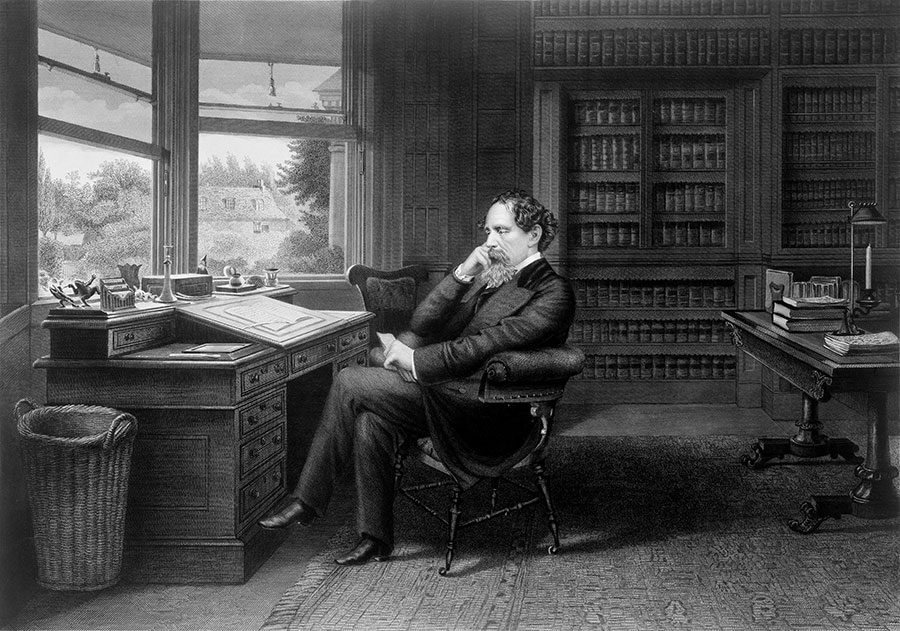
Charles Dickens Oliver Twist is published

Edward Linley Sambourne (1844 – 1910) Samourne was a draughtsman, illustrator and designer most famous for his positions of draughtsman for satirical magazine Punch
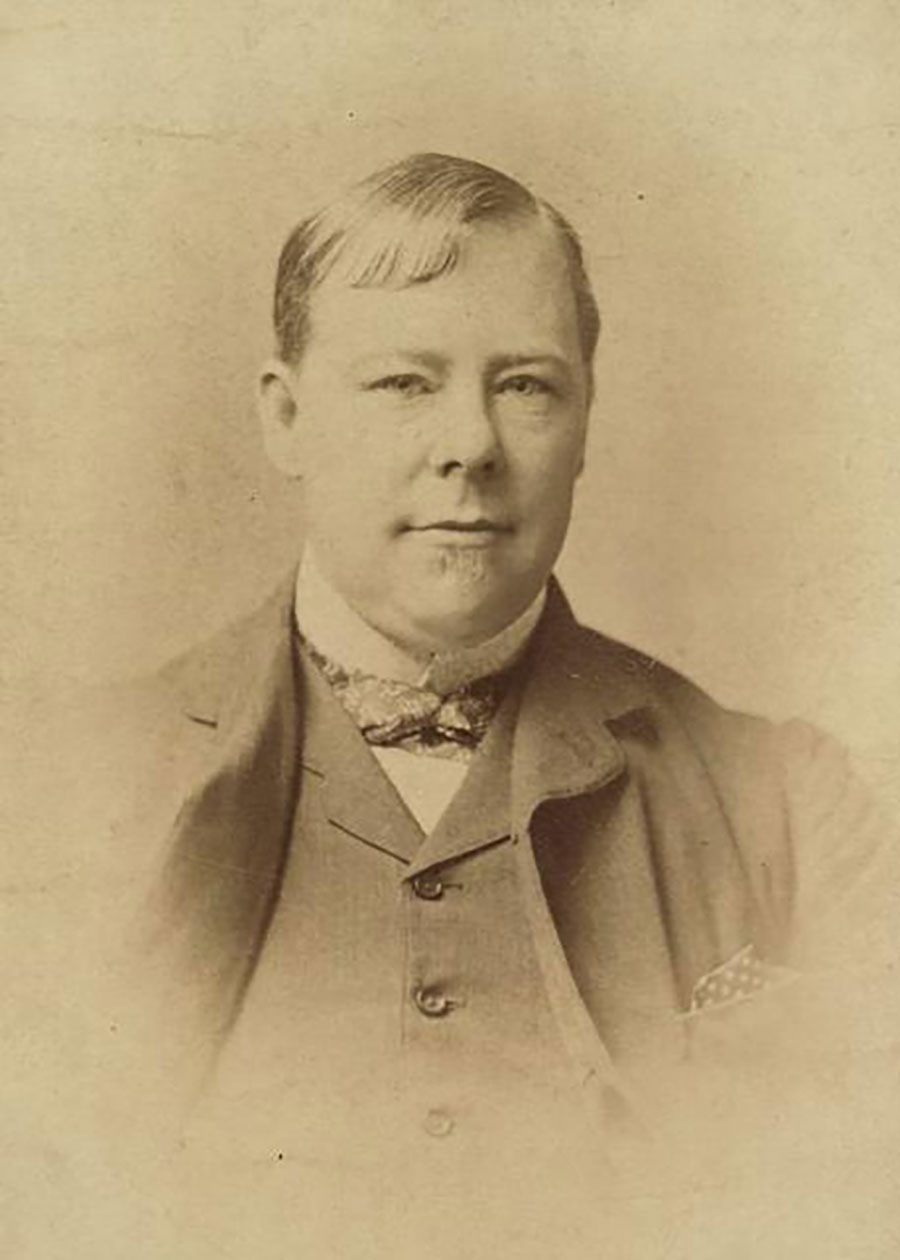

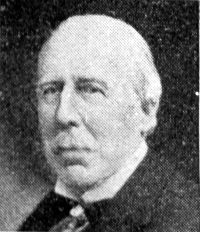
Douglas William Freshfield (1845- 1934) Explorer and Mountaineer lived at 1 Airlie Gardens

Kenneth Grahame Author of Wind in the Willows lived at 16 Phillimore Place
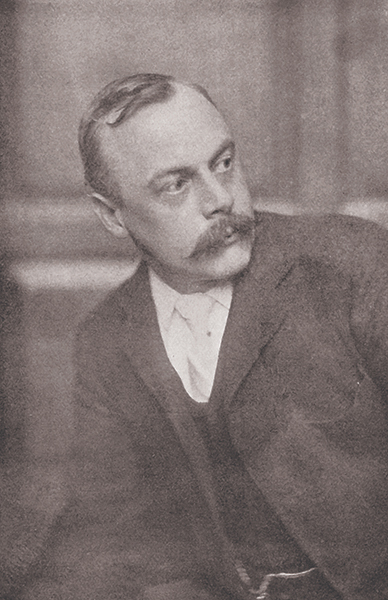

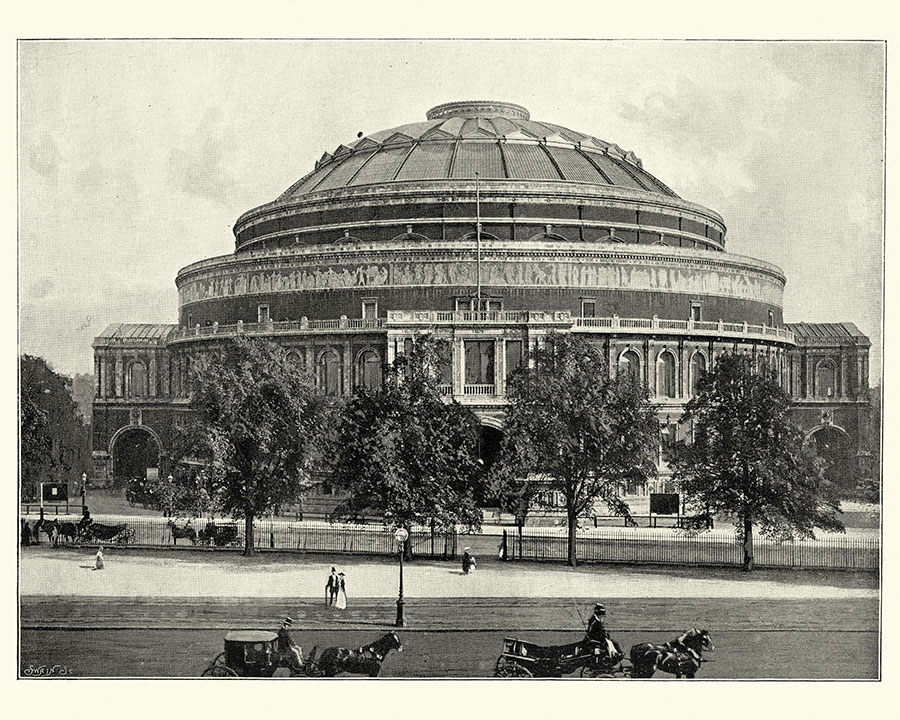
The Royal Albert Hall opens its doors to the public

The Albert memorial opens to the public following Alberts death in 1861
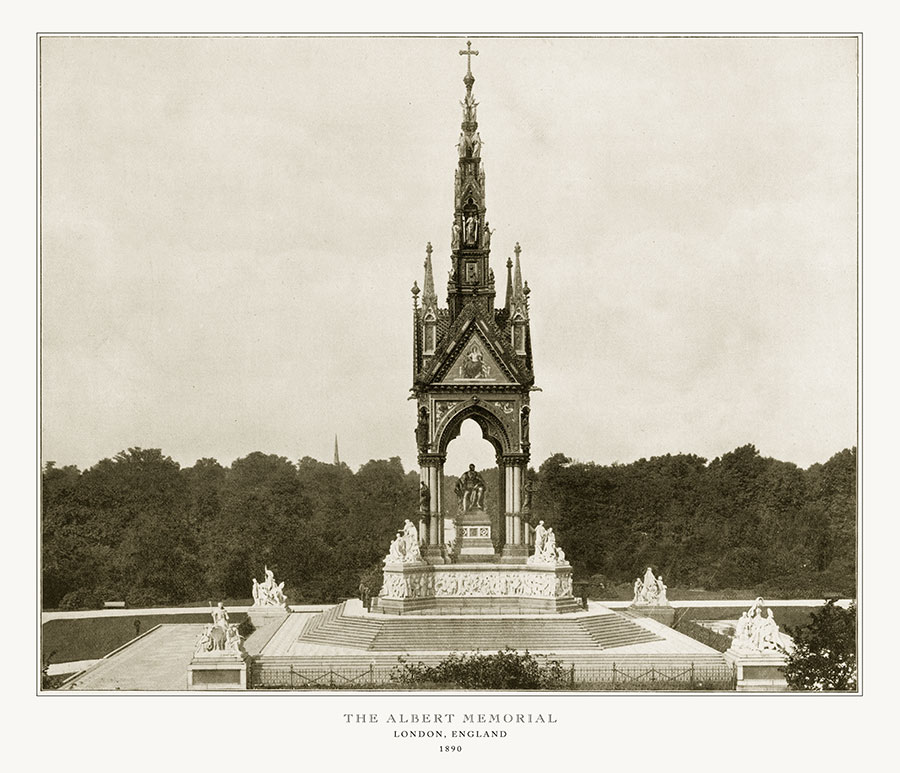

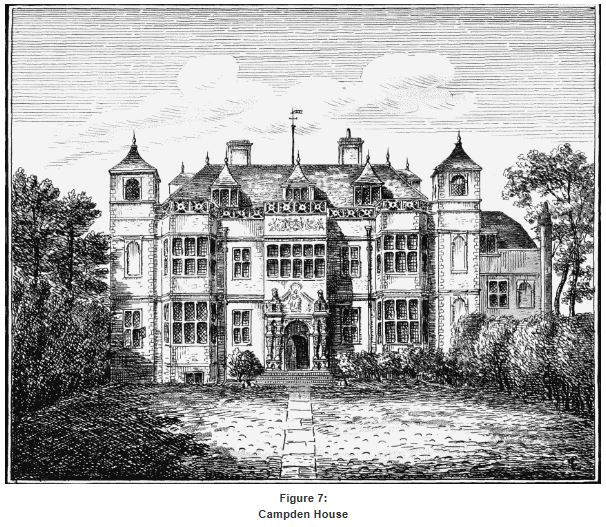
Ford Maddox Ford (1873 – 1939) once lived at 80 Campden Road. Maddox was a English novelist, poet, critic and editor whose journals The English Review and The Transatlantic Review were instrumental in the development of 20 century literature.

Edward Linley Sambourne took up residence at 17 Stafford Terrace, the interior and furnishings have been little altered to this day and provide visitors with an excellent opportunity to experience High Victorian decorative taste
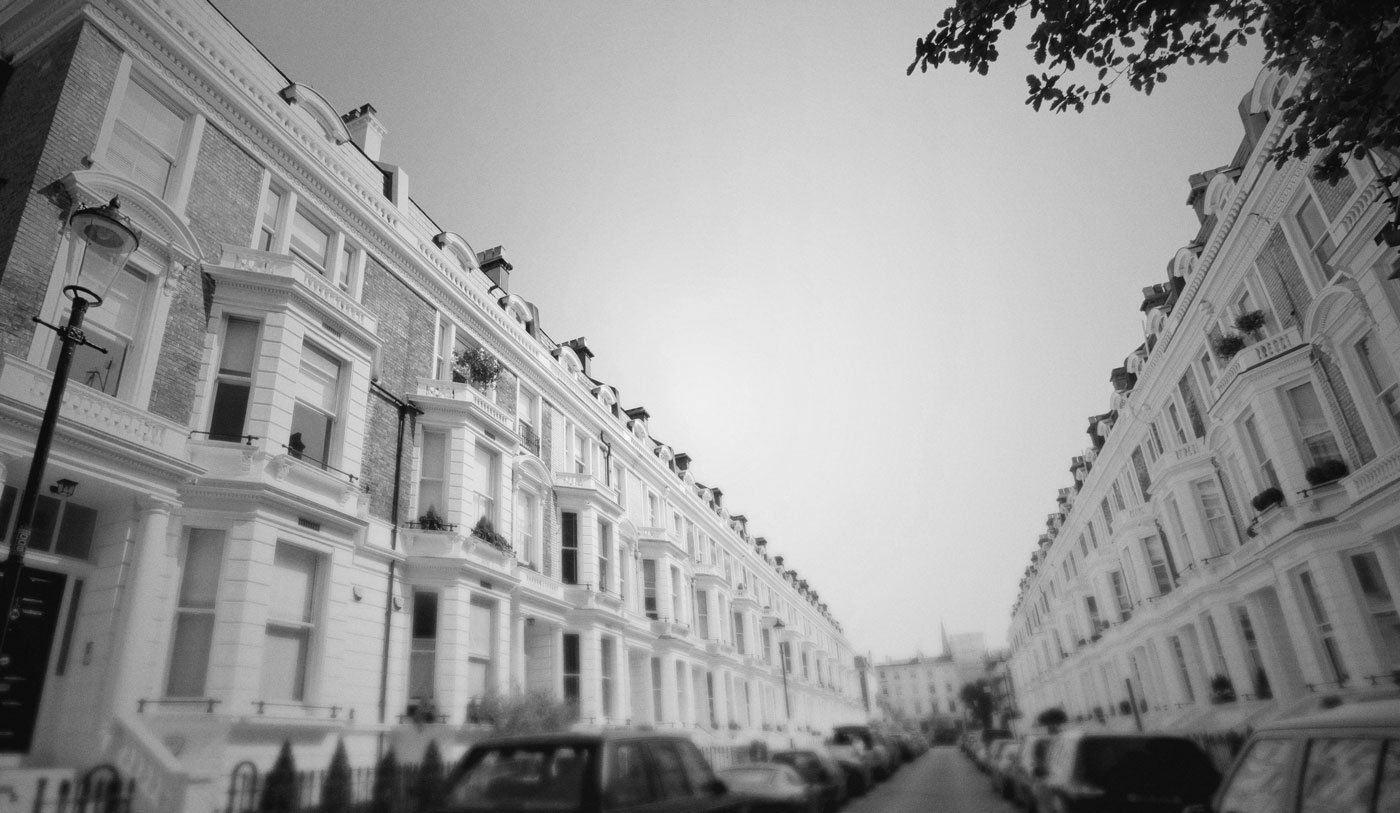

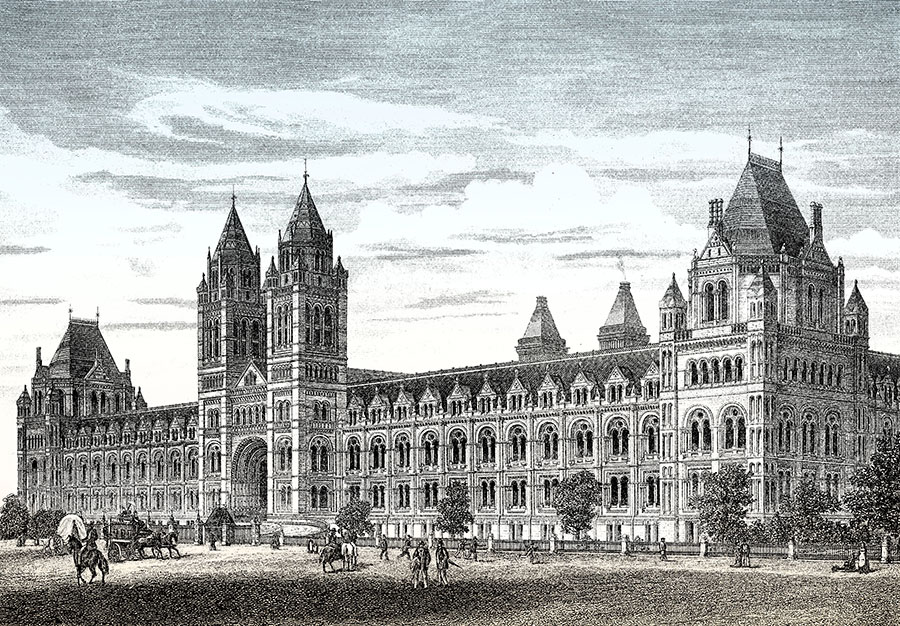
Natural History Museum opens

Dame Marie Rambert (1888 – 1982) Founder of the Ballet Rambert lived at 19 Campden Hill
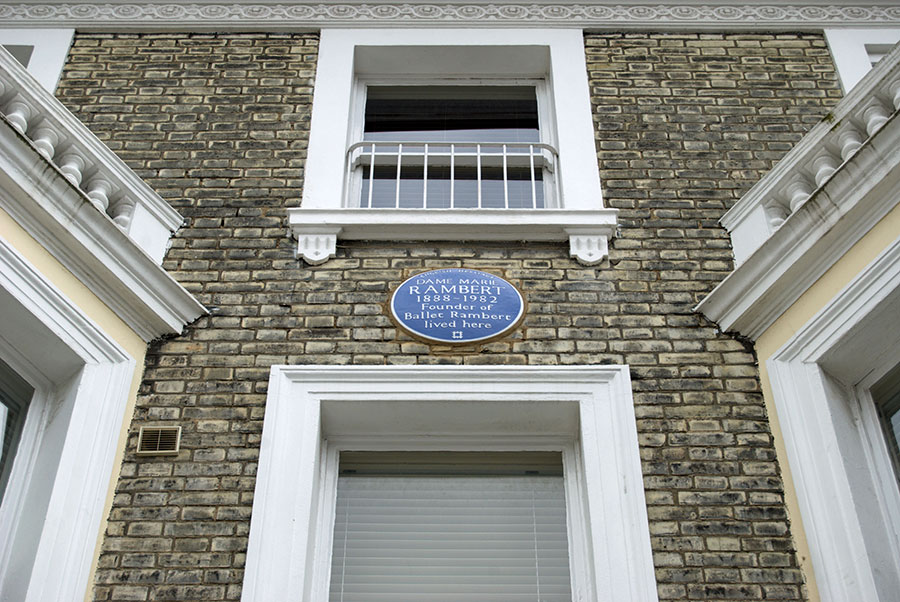

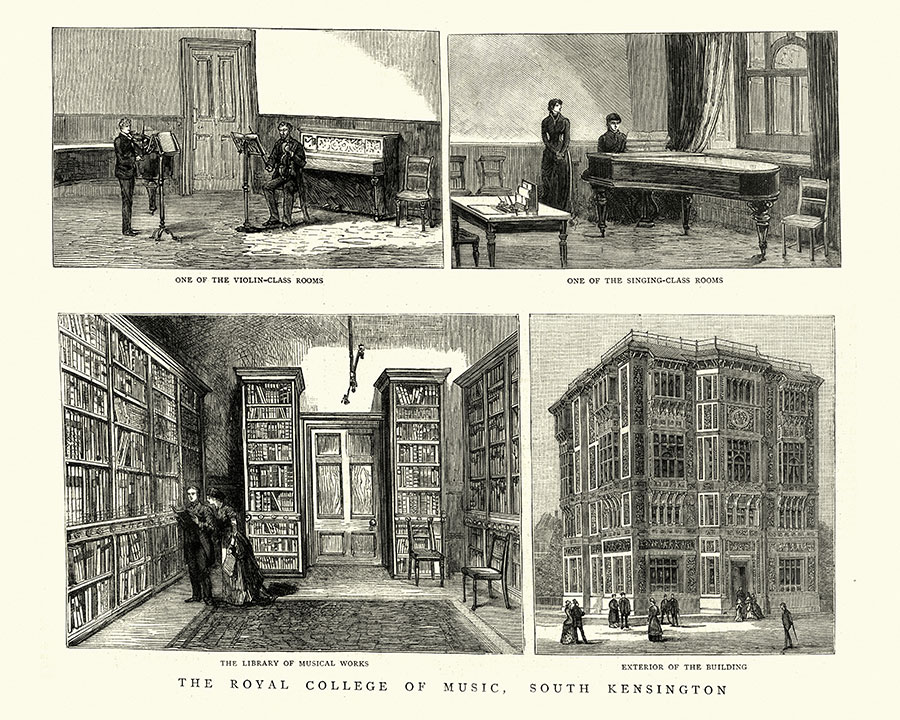
The Royal College of Music opens, established in by royal charter in 1882 the college was the result of an earlier proposal by the Price Consort to provide free musical training to winners of scholarships under a nationwide scheme.

Sir Walter George Frank Phillimore (1845- 1929) inherits the estate upon the death of William Brough Phillimore’s widow. An international jurist of considerable repute William Phillimore was made a Baron in 1918.
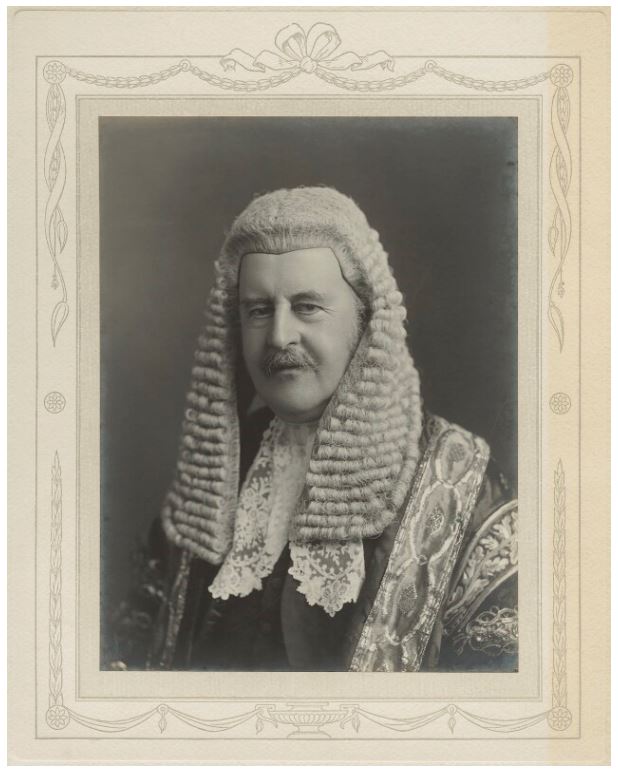

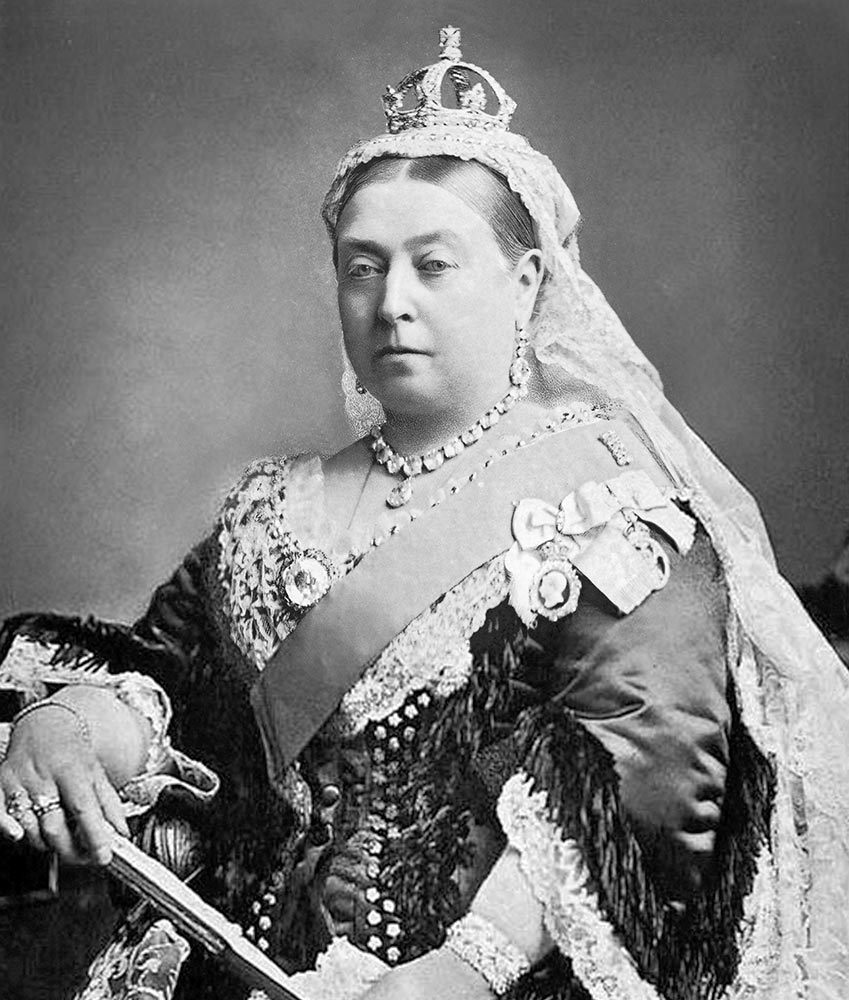
In 1901 following the death of Queen Victoria the borough became known as ‘The Royal Borough of Kensington’

Saw the completion of Horton Court
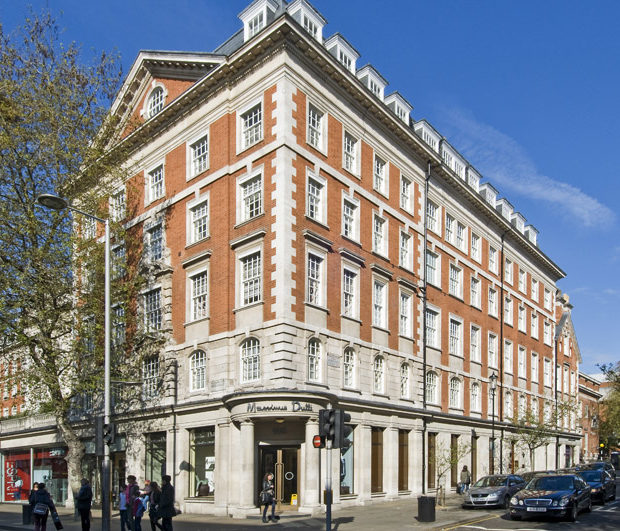

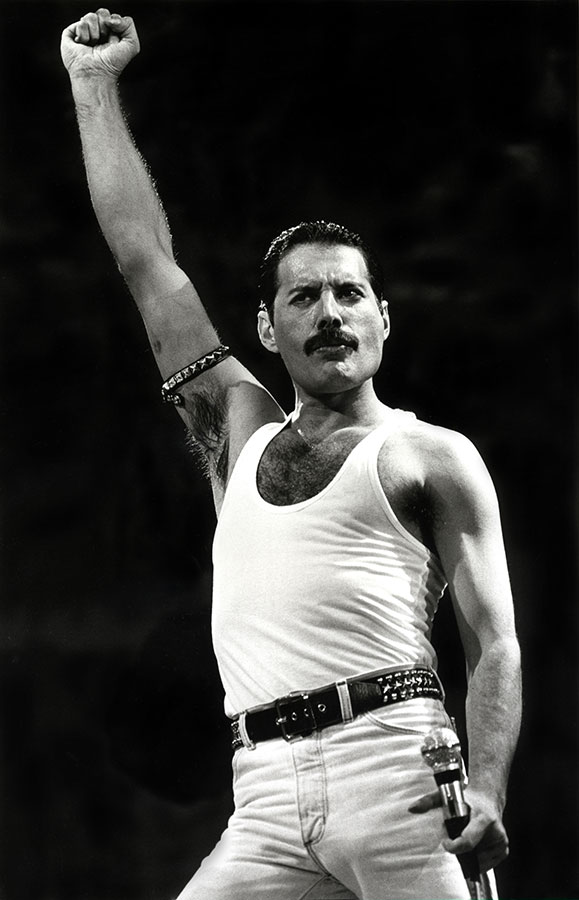
Freddie Mercury (1946 – 1991) the lead vocalist of the Rock Bad Queen resided at 12 Stafford Terrace

The boroughs of Kensington & Chelsea are united
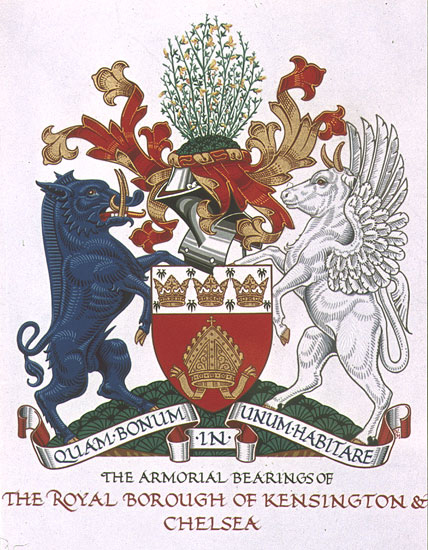

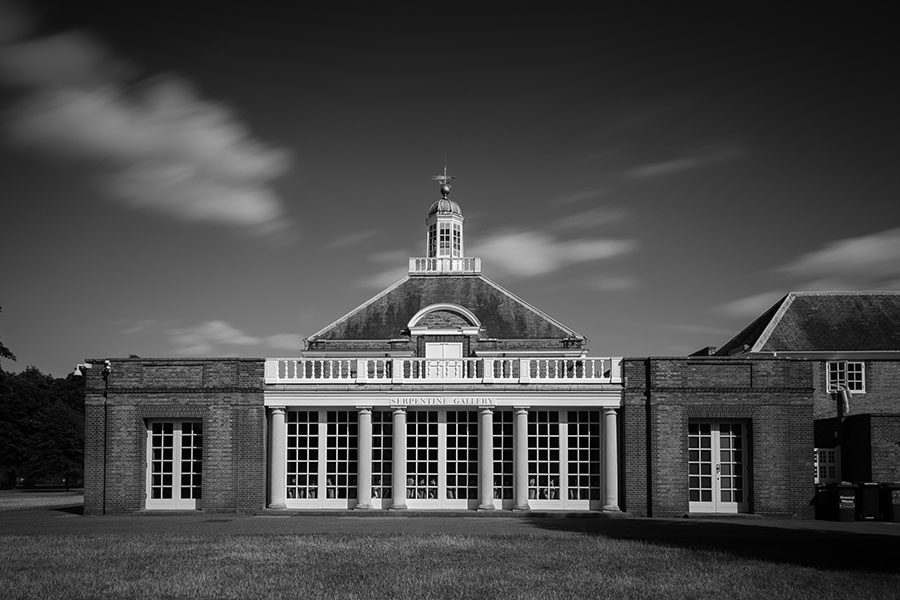
The Serpentine Galleries open to the public championing new ideas in contemporary art

18 Phillimore place is restored back to a grand family house from having been converted into three flats.
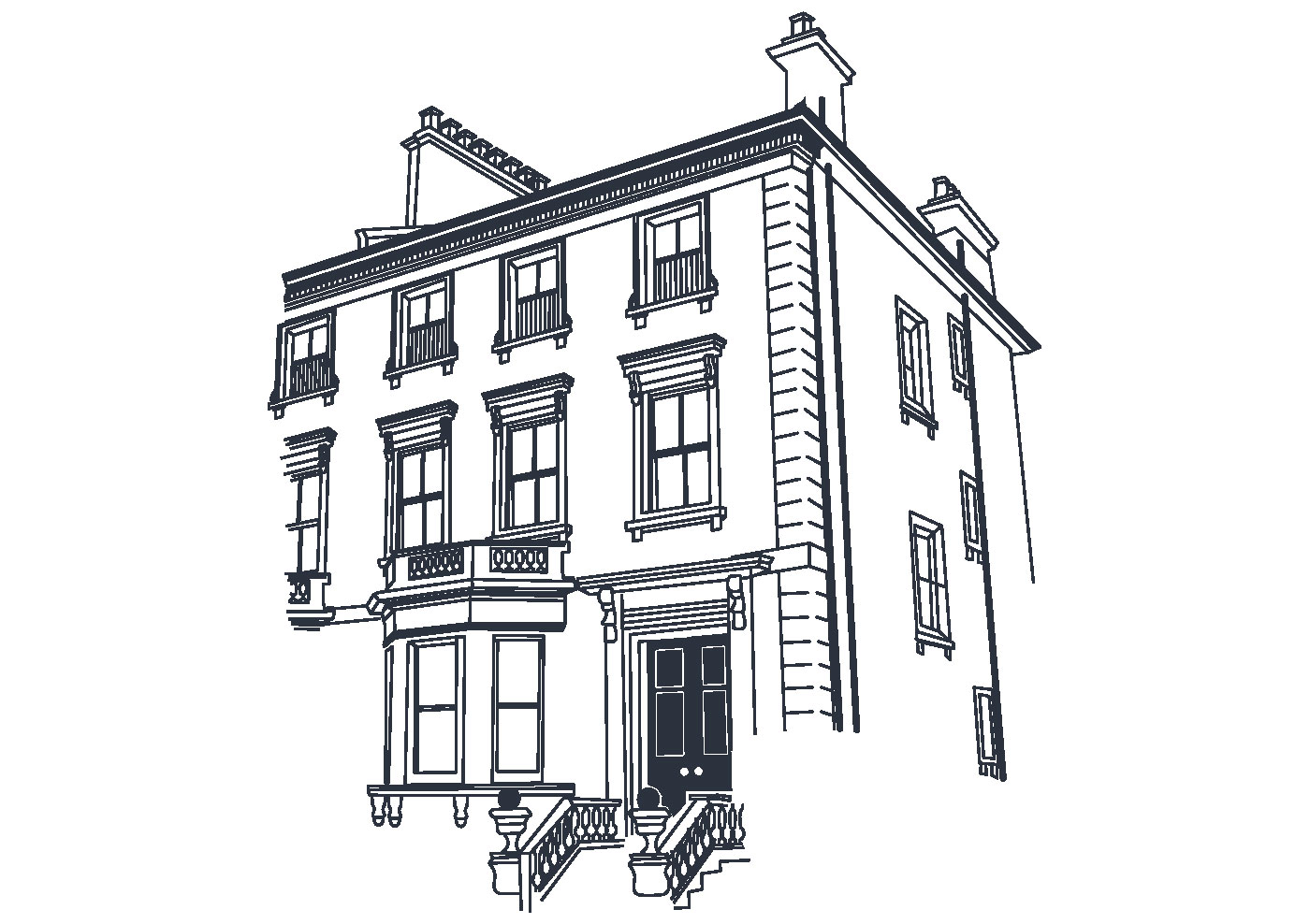

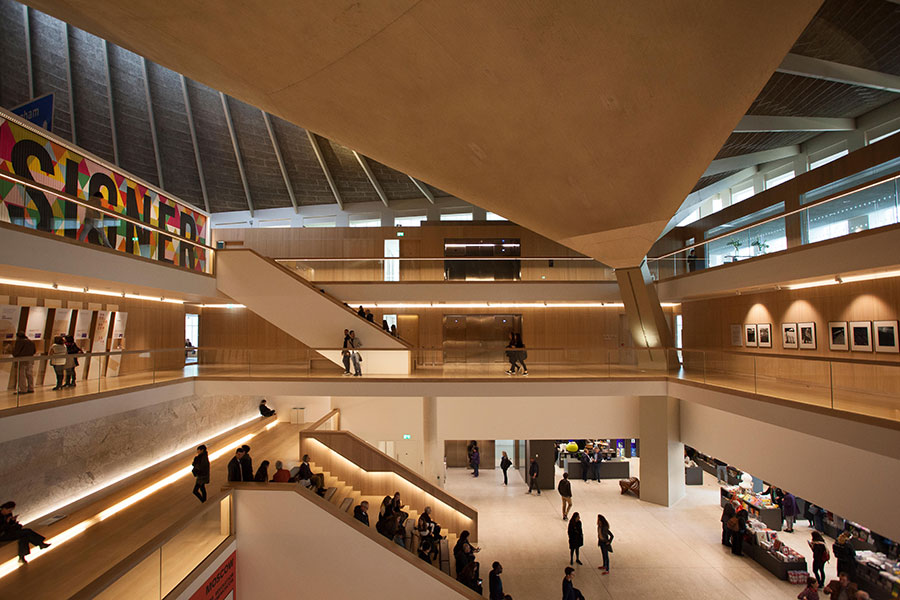
The Design Museum moves from Shad Thames to Kensington, the museum supports industrial, graphic, fashion and architectural design.